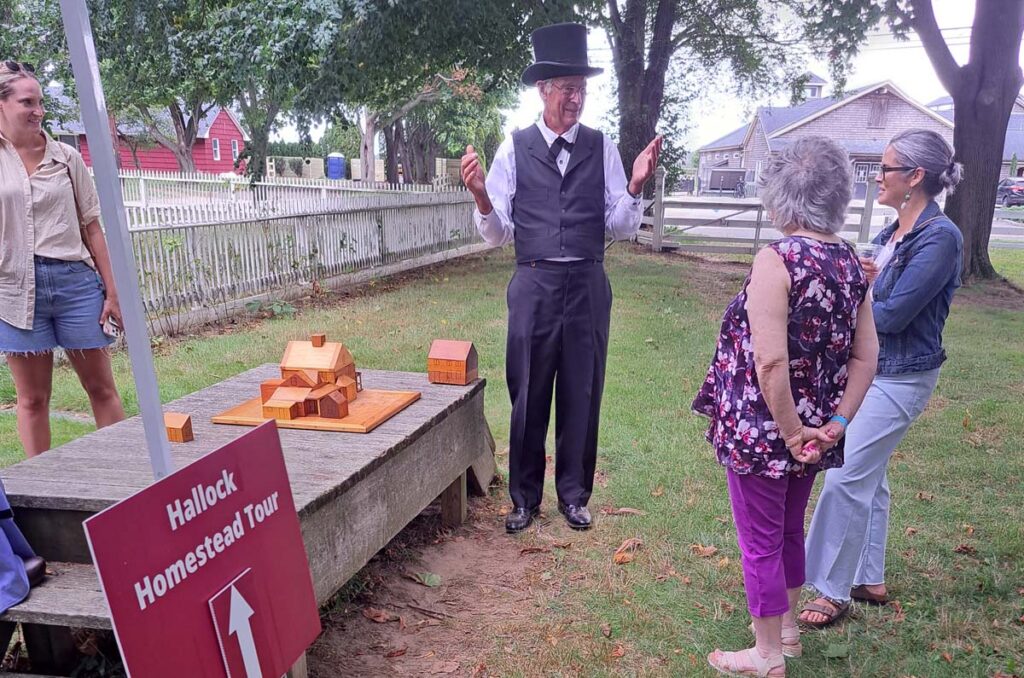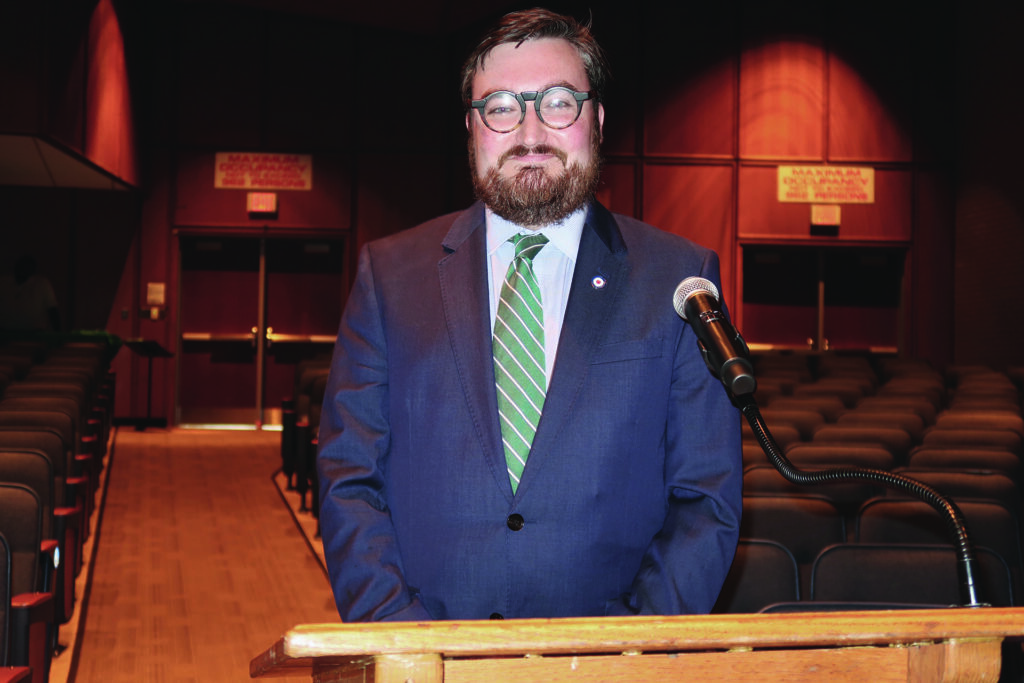North Fork Audubon Society celebrates 50 years of protecting vital habitats

When Roy Latham died in 1979 at the age of 98, he was hailed as an extraordinary naturalist and collector of specimens documenting Long Island’s natural history.
Even as he worked his family’s 50-acre Orient potato farm, he spent a lifetime collecting samples of birds, mammals, fish, as well as the artifacts left behind by the area’s Native people. During his long life, Mr. Latham donated 10,000 mounted birds, mammals, and fish to the New York State Museum in Albany; 30,000 Native artifacts to the New York Archeological Association; and 100,000 pressed plants to Cornell University.
Today, the old red farmhouse at the entrance to Inlet Pond County Park in Greenport that is the headquarters of the North Fork Chapter of the Audubon Society bears Mr. Latham’s name. Inside some of Long Island’s natural world is on display, such as the skeleton of a sturgeon that washed up on a Long Island Sound beach.
This year, the North Fork chapter of the Audubon Society is celebrating its 50th anniversary. Interviews with its key members about the myriad of projects they have undertaken shows how critical the group has been to documenting what makes the area unique.
“We believe Roy Latham is an amazing example of how a North Fork native, who dedicated his life to researching and documenting thousands of species of flora and fauna, could impact conservation efforts far beyond our North Fork community,” said Debbie O’Kane, past president and current board member of the chapter.
With Mr. Latham as the group’s model, the chapter has in recent years undertaken a host of projects critical to the area’s environment and natural life. The group’s impact has been far reaching.
A small sample of the group’s initiatives includes: spearheading conservation efforts through educational programs and advocacy; helping reduce plastic pollution; working with the Dark Skies Coalition to reduce light pollution, which is extremely detrimental to migrating birds; highlighting the risks climate change poses to bird populations and loss of shorelines where birds nest.
“NFAS has also been in the forefront on pesticide reduction and elimination,” said Ms. O’Kane, including educating property owners of the risks some landscaping practices pose to birds of all kinds, including birds of prey.
Peggy Lauber, who has worked with the chapter for 12 years and is its current president, said she became hooked on the group’s work when she watched a bird bander safely trapping birds in Moore’s Woods to study and release.
She said the group organizes educational programs covering a wide range of bird and animal species, including bluebirds, warblers, purple martins, woodcock, falcons, hawks and owls.
Ms. Lauber said the group has also studied river otters, which have made a comeback on the East End, foxes, coyotes — which have recently been seen on the North Fork — bats, bees and native plants.
She said the Roy Latham Nature Center at the county park showcases native plant habitats for birds and has also been a place where invasive plant species have been slowly removed. A rain garden of native plants sits at the front entrace to the center.
“NFAS is committed to connecting people to nature, protecting our wildlife living, breeding or migrating through this precious and fragile habitat that we are proud to call home,” she said in an email.
Robin Simmen, head of the chapter’s garden and landscaping committee, said the group’s educational efforts in the past five years have taught people about sustainable horticulture and how to set up a rain garden.
Currently the group has a project to remove invasive privet; creating native grasslands, in addition to efforts to encourage people to plant berrying trees as bird habitat.
The group will hold a spring Native Plant Sale on May 14 and 15.
The group’s board members point out that there are not enough osprey nesting stands in the area. Ms. Lauber said the group will assist property owners to set up nesting platforms.








